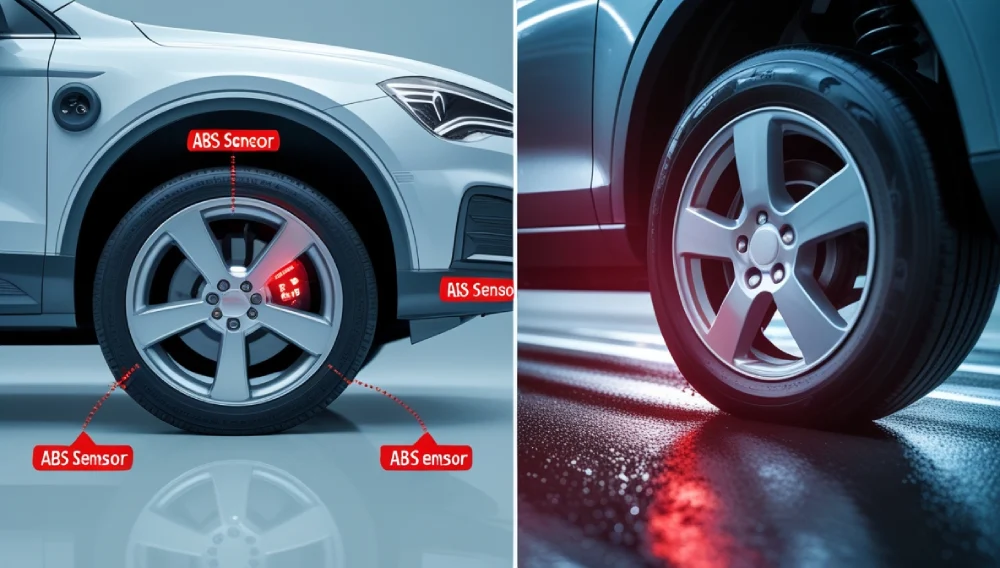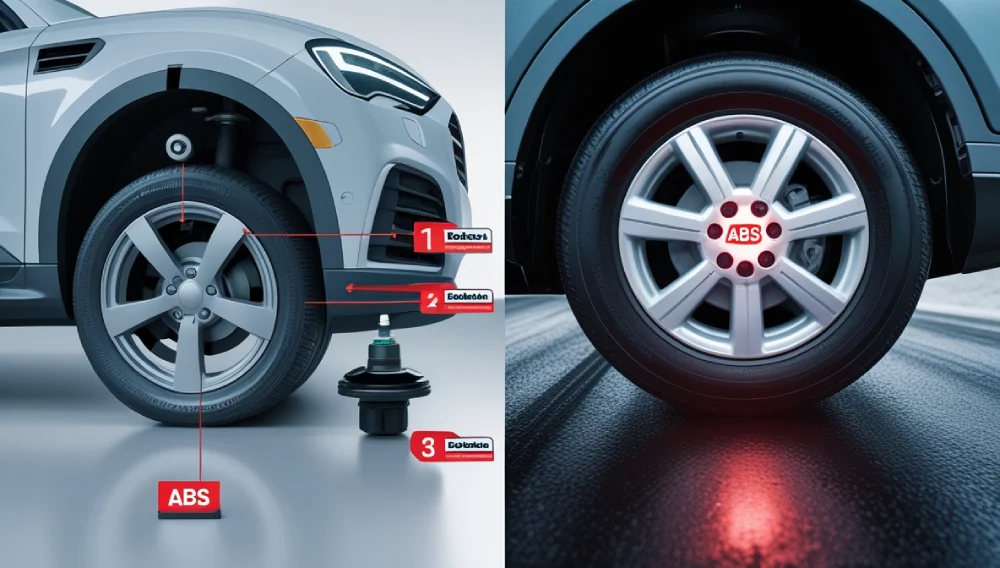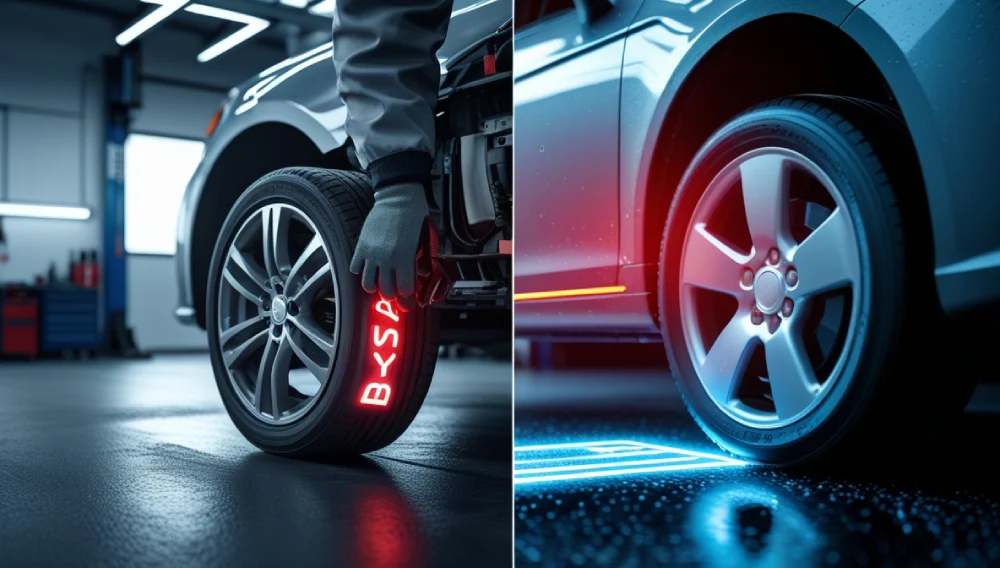Introduction
Is the ABS warning light glaring back at you from the dashboard? A faulty ABS sensor can turn a smooth ride into a perilous ride. Whether you’re a DIY enthusiast, a student, or a professional, this guide will walk you through ABS sensor replacement like a pro. We’ll cover symptoms, costs, step-by-step fixes, and top sensor brands—so you can hit the road safely again. Let’s get started!

What Is an ABS Sensor?
The Anti-lock Braking System (ABS) sensor is your car’s guardian angel in the event of sudden braking. It monitors wheel speed and informs the car’s computer to prevent the wheels from locking up. Think of it as a tiny detective that keeps your brakes smart and responsive.
Quick Fact: Without a working ABS sensor, your car might skid on wet roads or icy surfaces.
Signs You Need ABS Sensor Replacement
Watch for these red flags:
ABS Warning Light: A glowing light on your dashboard is the #1 clue.
Unpredictable Braking: Brakes may jerk or feel unresponsive.
Locked Wheels: Wheels skid even during gentle stops.
Faulty Speedometer: Inaccurate readings or a non-functional gauge.
Real-Life Example: A mechanic told us that 60% of ABS issues are due to worn-out sensors, most often dirt or corrosion.
How to Replace an ABS Sensor: Step-by-Step Guide
Ready to tackle this yourself? Here’s how:
Tools You’ll Need
- Jack and jack stands
- Wrench set
- New ABS sensor
- Gloves and safety glasses
- OBD-II scanner (optional)
Steps
- Lift the Car: Safely raise the vehicle and remove the wheel.
- Locate the Sensor: Find the sensor near the wheel hub (refer to your car manual).
- Remove the Old Sensor: Disconnect the wire and unscrew the sensor.
- Install the New Sensor: Clean the surface, install the new sensor, and reconnect the wires.
- Test the System: Lower the car, start the engine, and check if the ABS light turns off.
Pro Tip: Use an OBD-II scanner to reset the ABS system after replacement.

Cost of ABS Sensor Replacement
Here’s what you’ll spend:
| Option | Cost Range | Details |
| DIY | 30–30–150 | Sensor cost only (tools not included). |
| Mechanic | 200–200–400 | Includes labor (80–80–120/hour). |
Note: Luxury cars (BMW, Mercedes) may cost more due to pricier parts.
Best ABS Sensors for Replacement in 2024
Top brands to trust:
| Brand | Pros | Cons |
| Bosch | Durable, precise readings | Higher price |
| ACDelco | OEM quality, easy installation | Limited availability |
| Dorman | Budget-friendly, good for DIYers | Less durable in harsh climates |
Our Pick: Bosch sensors offer reliability for long-term safety.

FAQs About ABS Sensor Replacement
Yes, but your ABS won’t work, increasing skid risks. Fix it ASAP!
Not always, but using an OBD-II scanner ensures no error codes remain.
DIY: 1–2 hours. Mechanics: 30–60 minutes.

Conclusion
It seems scary to replace an ABS sensor, but with the right tools and instructions, it’s a breeze! Whether you DIY or visit a pro, prioritize safety and quality parts.
Got questions? Drop a comment below or explore our guide on What is ABS Sensor full guide .
Drive safe, and keep those wheels spinning smoothly!


1 thought on “ABS Sensor Replacement: DIY Guide, Costs & Top Brands 2025”